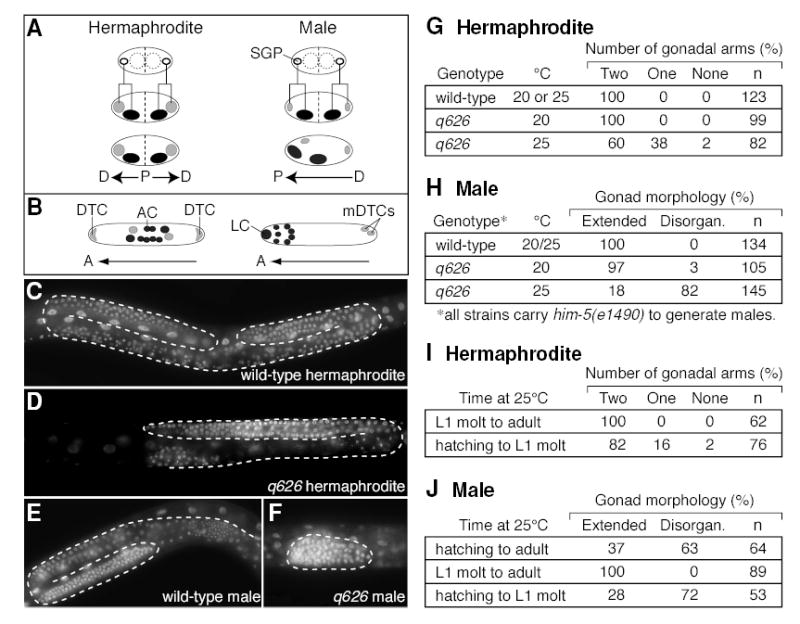Figure 1. The q626 mutation affects hermaphrodite and male gonadogenesis.

(A) Early events in hermaphrodite and male gonadogenesis. Top diagrams, four-celled gonadal primordium. SGPs (open circles); germline precursors (dashed circles). Middle diagrams, the SGPs divide asymmetrically to produce proximal (dark) and distal (light) daughters. Hermaphrodite proximal and distal daughters are of roughly equal size and do not migrate, creating two proximal-distal (P-D) axes. Male proximal daughters are larger than their distal sisters, and they migrate anteriorly to create a single P-D axis. (B) Gonadal regulatory cells in the L2/L3 developing somatic gonad. Left, hermaphrodite; right, male. Cells derived from distal SGP daughter, light grey; cells from proximal SGP daughter, dark grey. A, Anterior. In hermaphrodites, the distal tip cells (DTCs) control both arm elongation and germline proliferation, and the anchor cell (AC) induces vulval development. In males, the linker cell (LC) controls elongation of the single gonadal arm, and male distal tip cells (mDTCs) control germline proliferation. (C–F) DAPI-stained L4s grown at 25°C. Dashed line, boundaries of gonadal tissue. (C) Wild-type hermaphrodite gonad with two U-shaped gonad arms. (D) q626 hermaphrodite gonad with one gonadal arm. (E) Wild-type male with one J-shaped gonad arm. (F) q626 male with non-extended, disorganized gonad. (G–J) Tables quantifying the penetrance of gonadal defects. Disorgan., disorganized. (I–J) Temperature shift experiments with q626 mutants.
